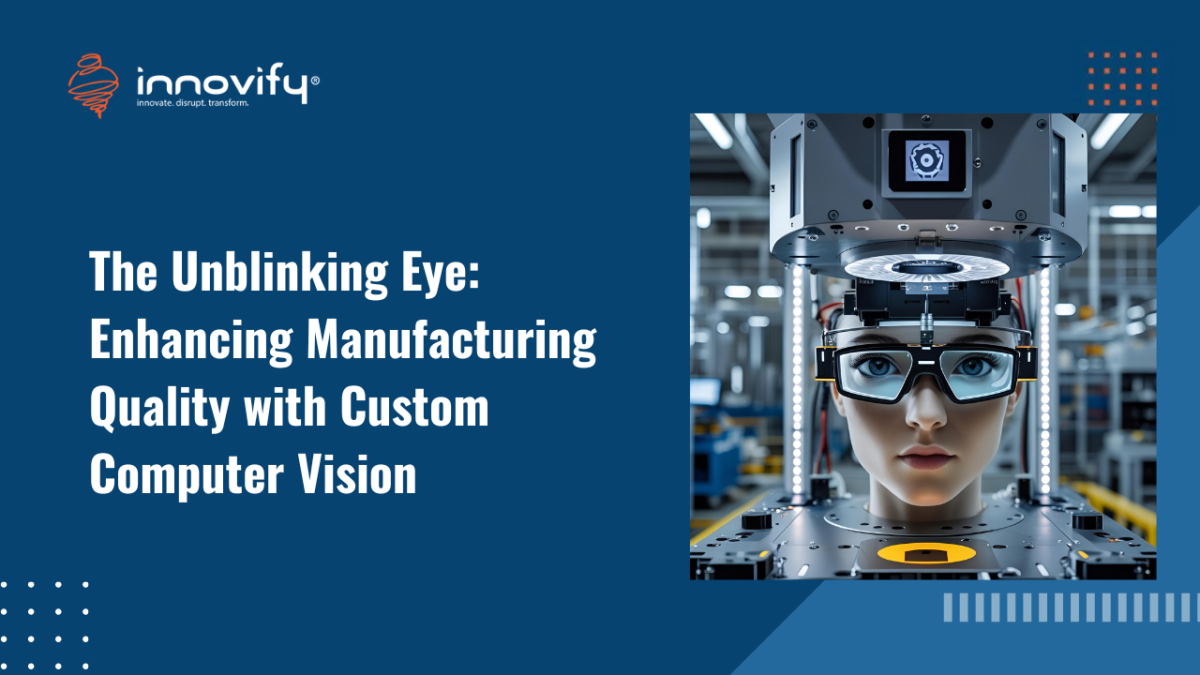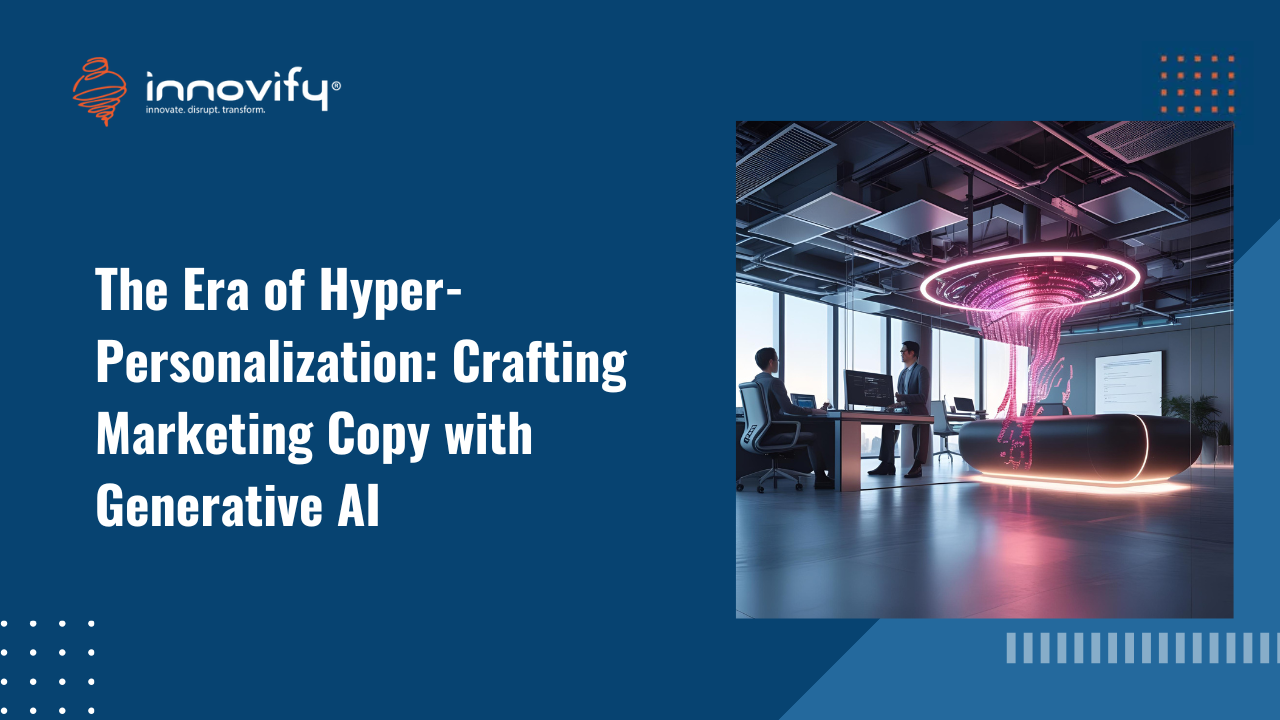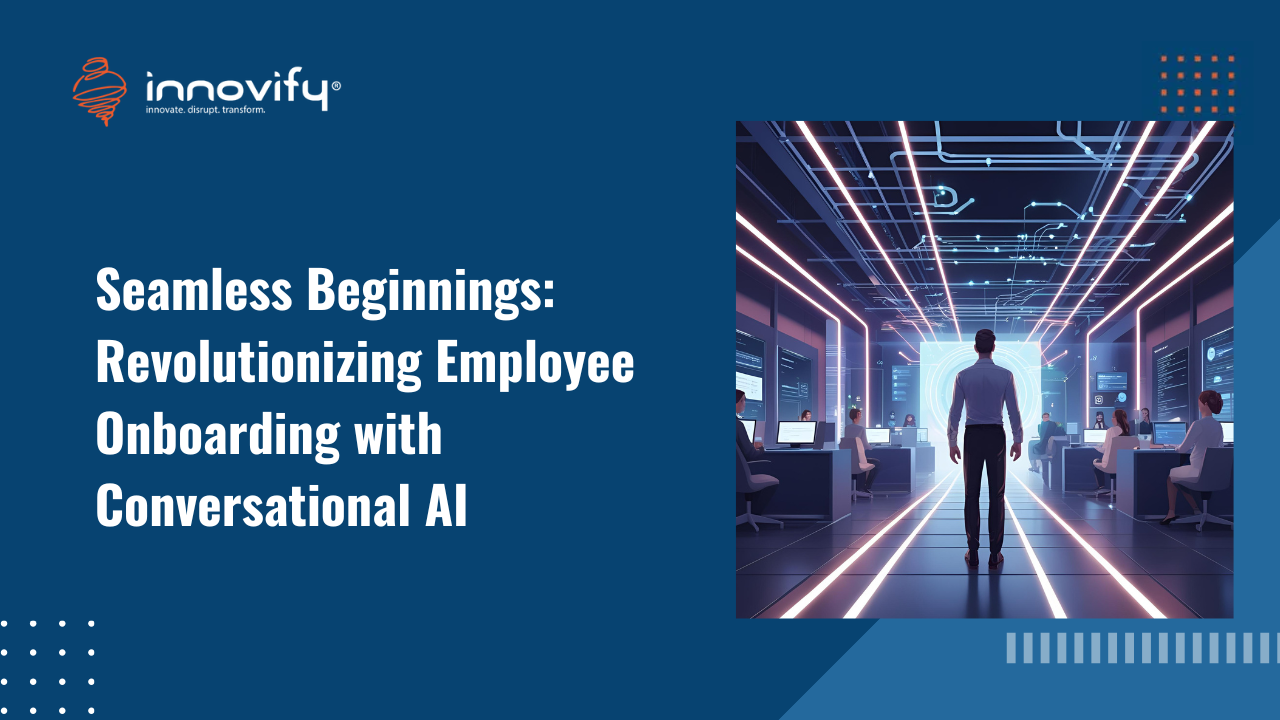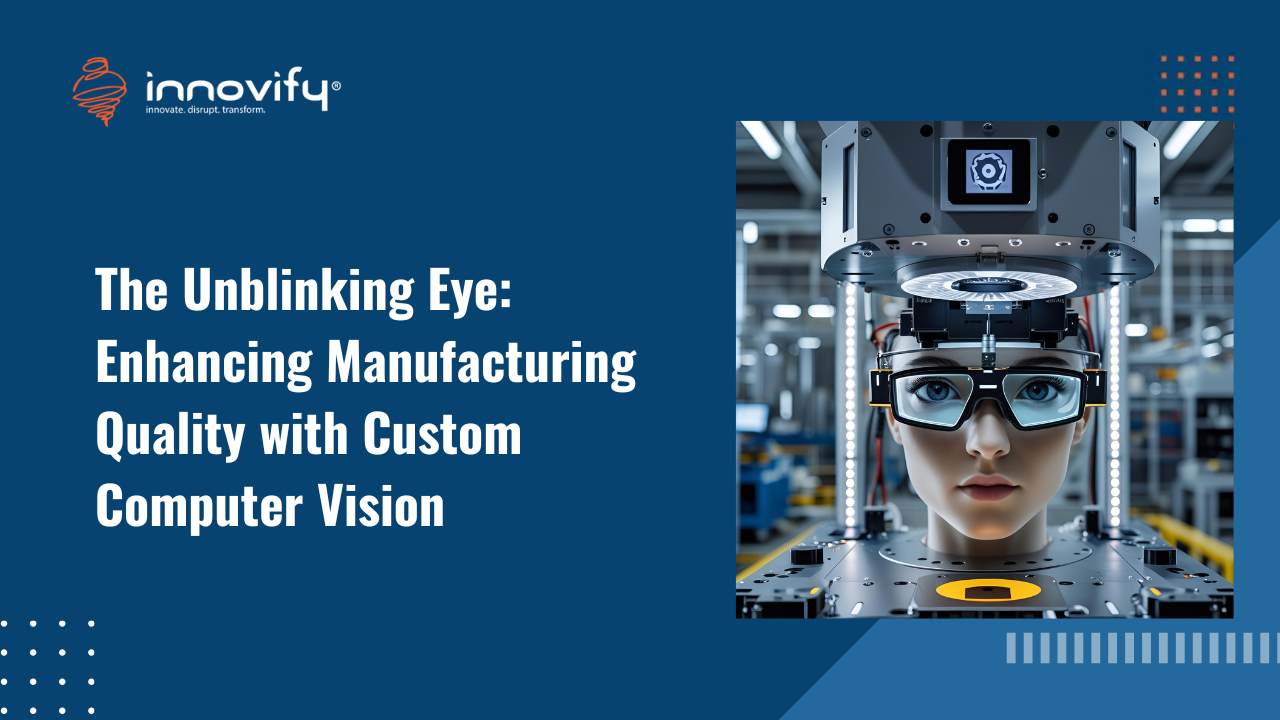AI/ML
The Unblinking Eye: Enhancing Manufacturing Quality with Custom Computer Vision
Developing custom computer vision models for quality control in manufacturing
In the world of manufacturing, quality control is the critical final step that ensures a product meets its specifications before it reaches the customer. For decades, this has been a labor-intensive process, relying heavily on human inspectors to spot defects, inconsistencies, and flaws. While skilled human eyes are capable, they are also prone to fatigue, variability, and are limited by the sheer speed of modern production lines. The industry is now embracing a technological revolution in quality assurance through the power of computer vision.
Limitations of Human-Centric Quality Control
Traditional manual inspection methods, even with the aid of tools, are inherently inefficient and inconsistent. A human inspector’s performance can vary throughout a shift, leading to missed defects or false positives. The speed of a conveyor belt often outpaces a human’s ability to scrutinize every single product. Furthermore, the human eye is not trained to spot microscopic cracks, subtle color variations, or dimensional inaccuracies with the precision and speed of a machine. These limitations create a significant bottleneck and can lead to costly product recalls and reputational damage.
The Case for Custom Computer Vision
While off-the-shelf computer vision software can perform basic tasks, they often fall short in the nuanced, industry-specific challenges of modern manufacturing. This is where developing custom computer vision models for quality control in manufacturing provides a profound competitive advantage. A generic model might be trained on a broad dataset of common objects, but it won’t be able to differentiate a minuscule, product-specific blemish from a harmless dust particle. A custom model, in contrast, is trained on a manufacturer’s own proprietary data, which includes thousands of images of both flawless products and products with specific, hard-to-detect defects.
Imagine a manufacturer of intricate electronic components. The defects might be tiny solder imperfections or misaligned micro-components. An off-the-shelf model would struggle with this. A custom computer vision model, however, can be specifically trained to recognize these unique defects with sub-millimeter precision. It can also be configured to
handle complex variables such as different lighting conditions, variations in product materials, and different camera angles.
Key Applications and Benefits
The applications of custom computer vision in quality control are vast and impactful:
- Defect Detection: Instantly spot and classify surface defects like scratches, dents, cracks, and discoloration on products ranging from car parts to pharmaceutical vials.
- Dimensional Analysis: Accurately measure the dimensions of a product in real-time to ensure it conforms to precise engineering specifications.
- Assembly Verification: Confirm that all components of an assembled product are present, correctly oriented, and securely attached.
- Foreign Object Detection: Identify and flag foreign materials or contaminants in food and beverage production.
By implementing these tailored solutions, manufacturers can achieve:
- Unprecedented Accuracy: Consistently achieve near-perfect defect detection rates, far surpassing the capabilities of manual inspection.
- Increased Speed and Throughput: Conduct thousands of inspections per minute, keeping pace with even the fastest production lines.
- Reduced Costs: Minimize labor costs associated with inspection and significantly reduce material waste and scrap.
- Proactive Problem Solving: By logging and analyzing every defect, the system can provide valuable data to engineers, helping them identify the root cause of issues in the production process and prevent them from recurring.
The development of custom computer vision models is no longer a futuristic concept; it is a necessity for manufacturers who want to remain competitive. It is the key to moving beyond simply reacting to defects and toward building a proactive, intelligent, and highly efficient quality assurance system. Ready to implement custom computer vision for your manufacturing line? Connect with Innovify’s AI experts today.




